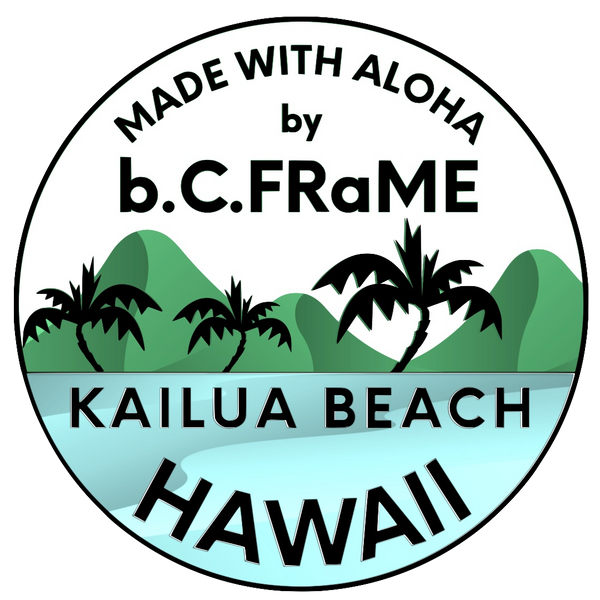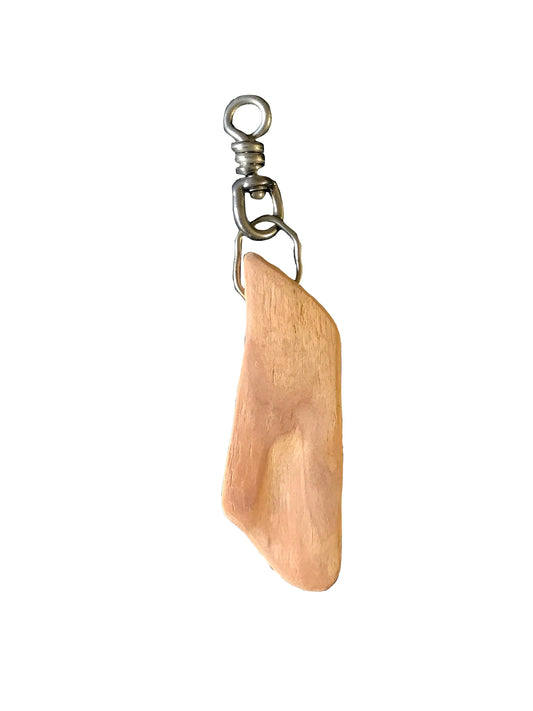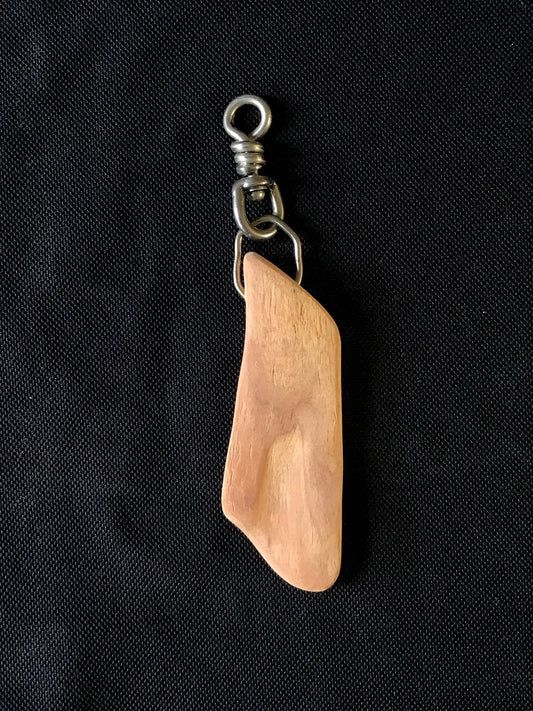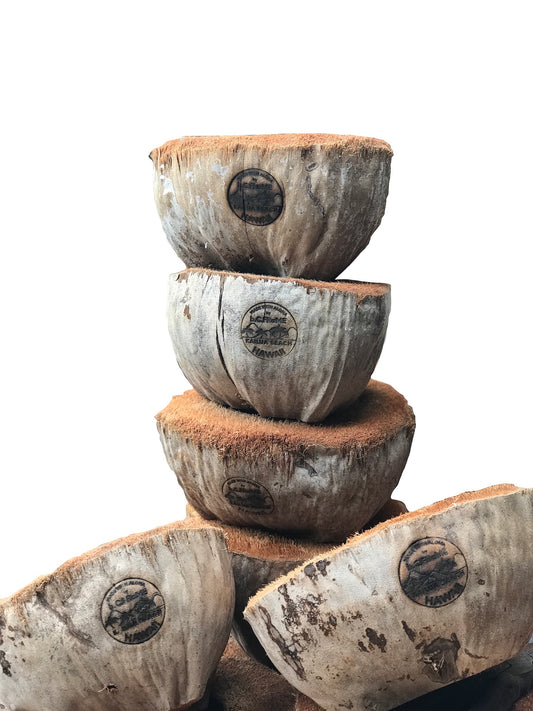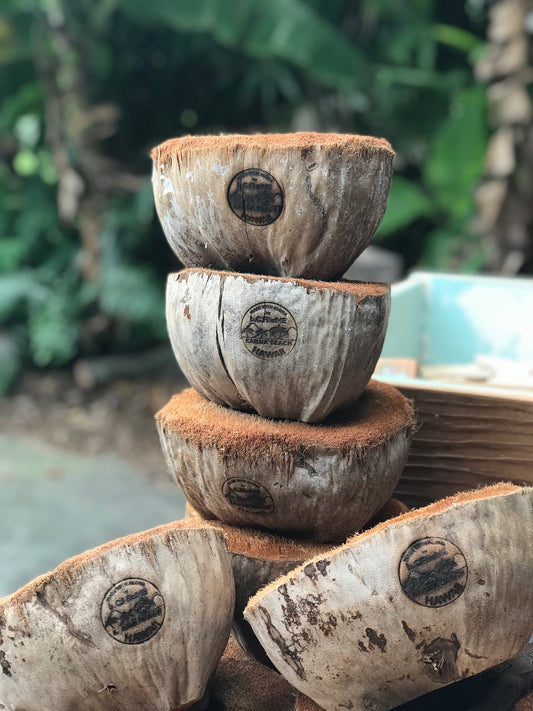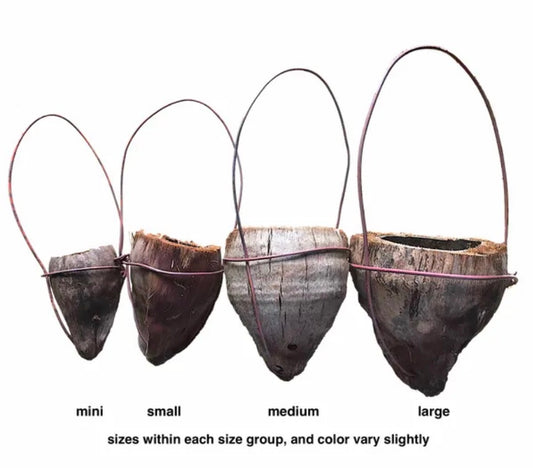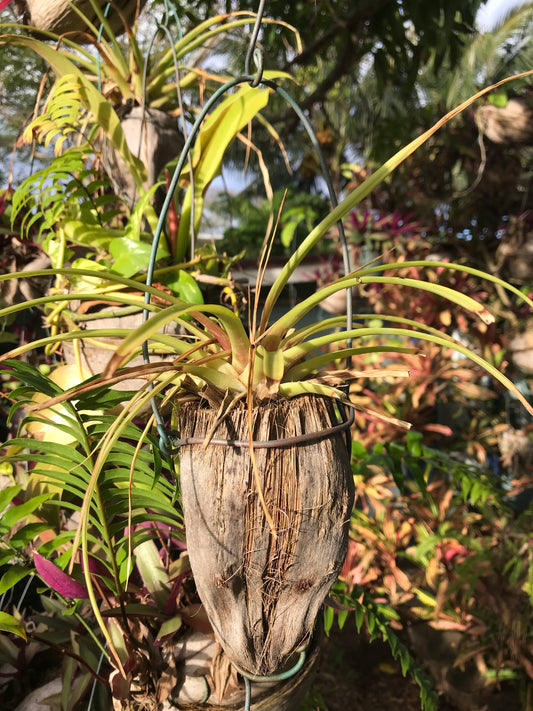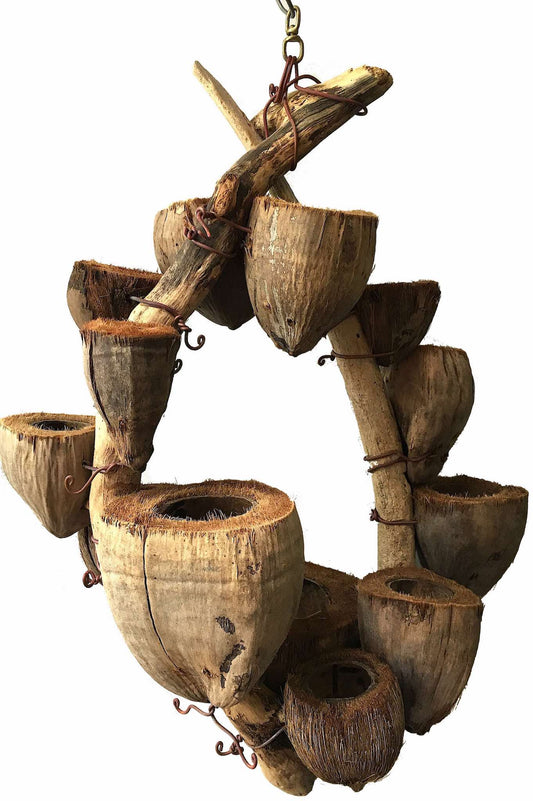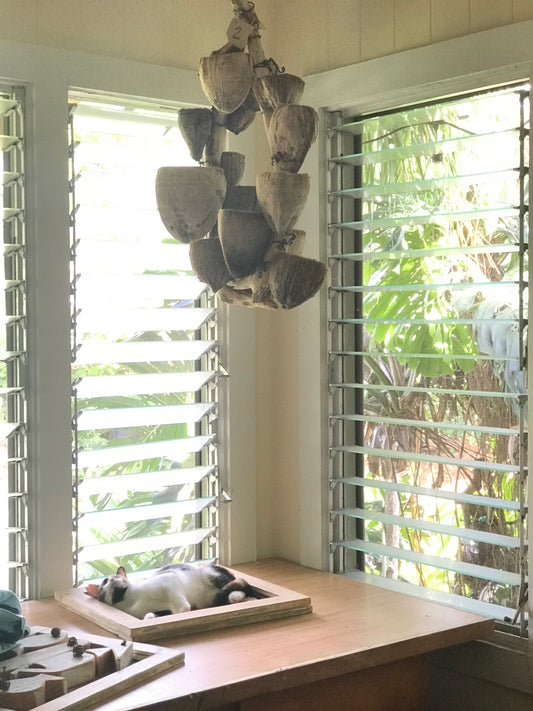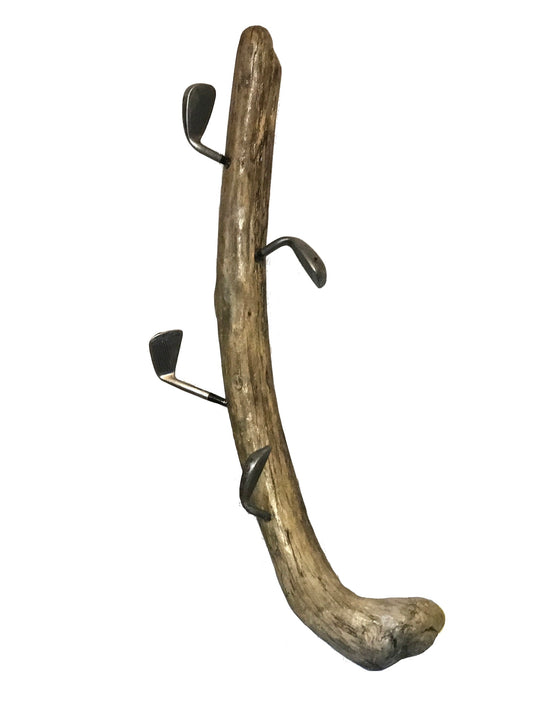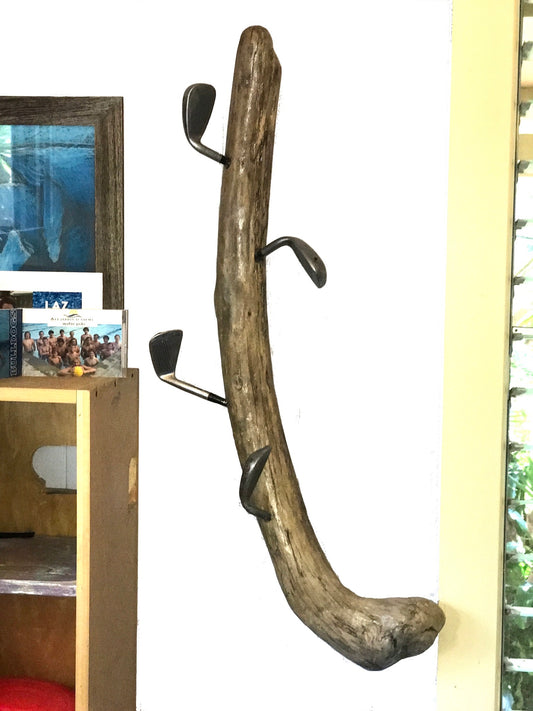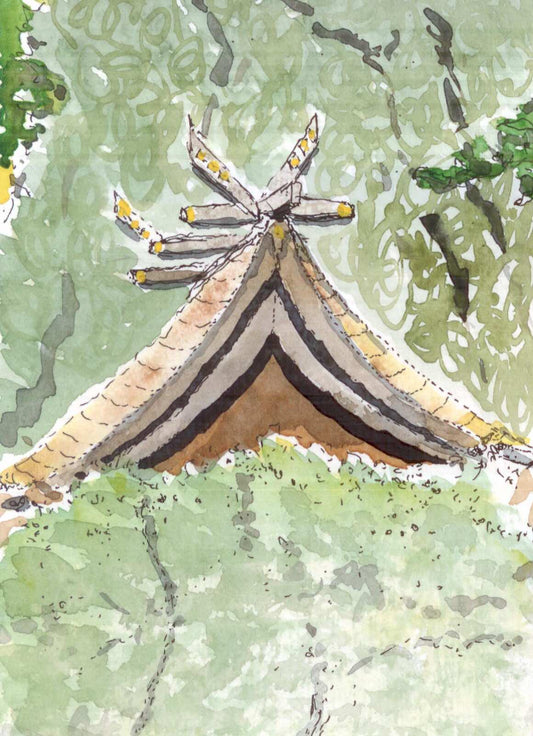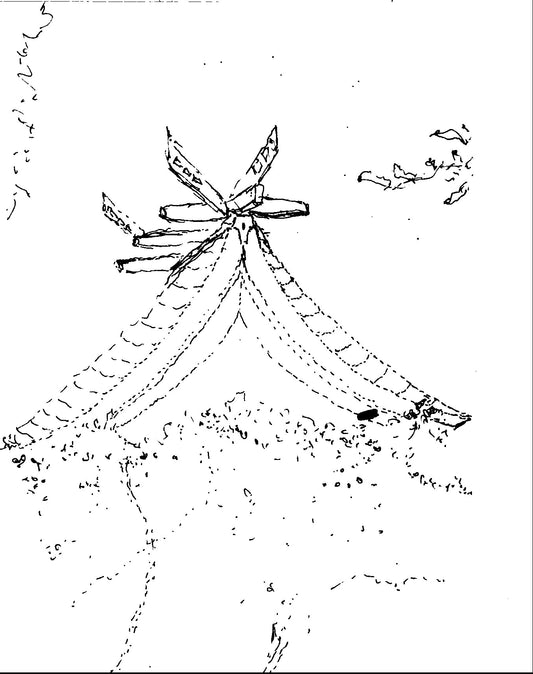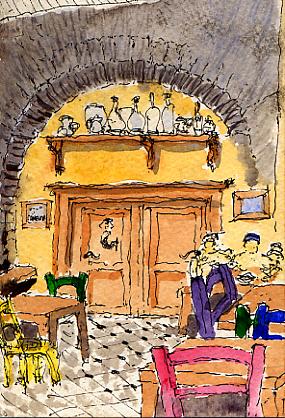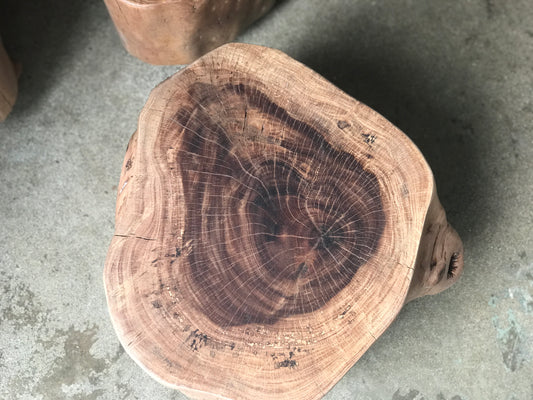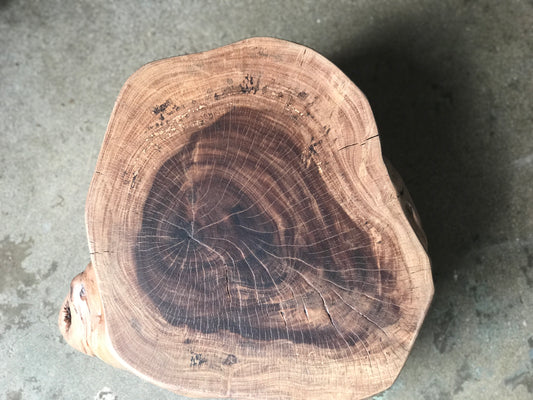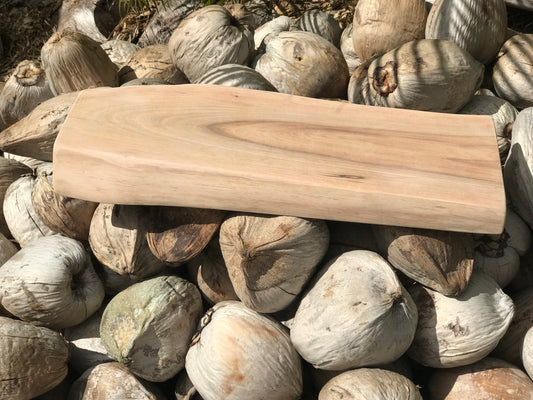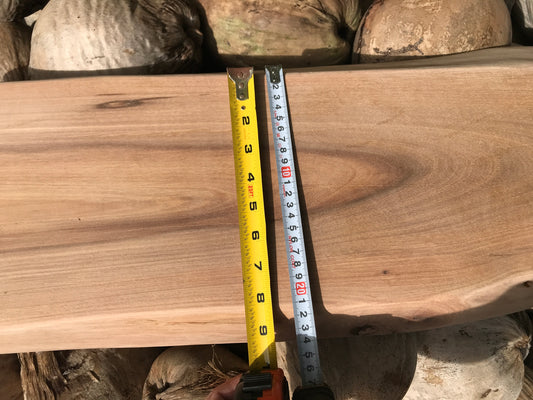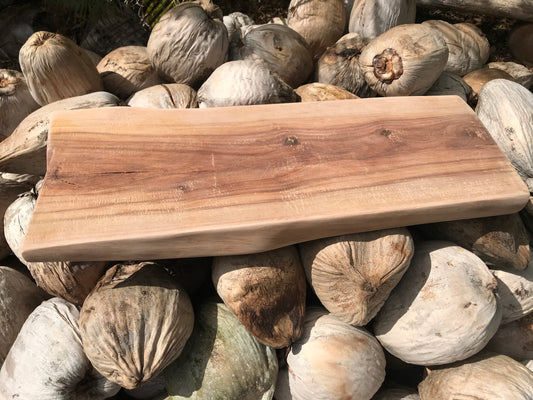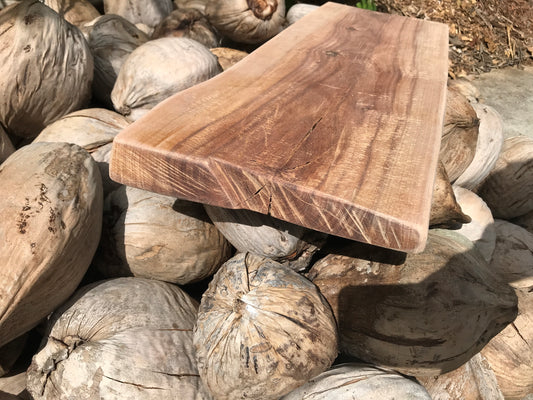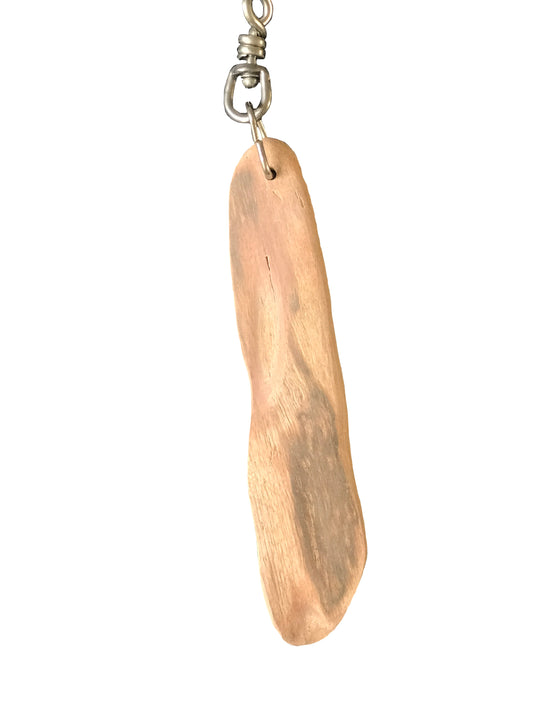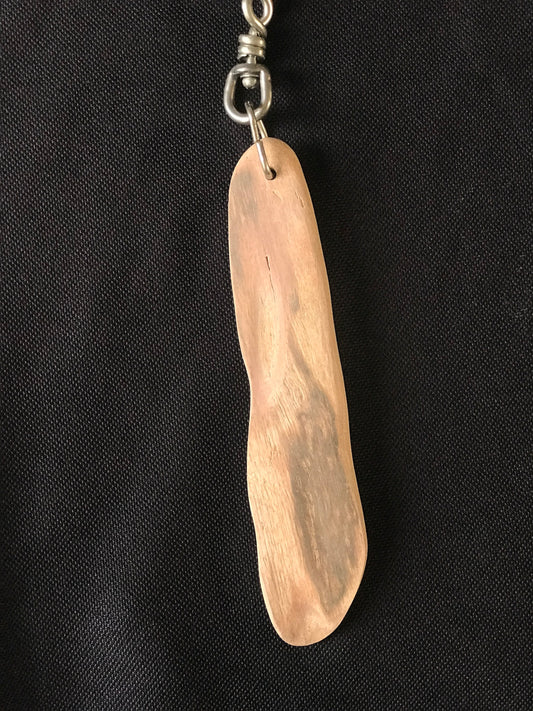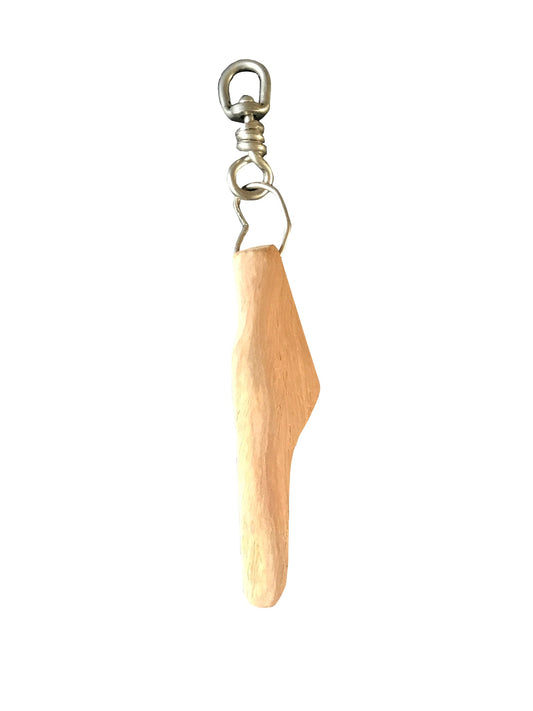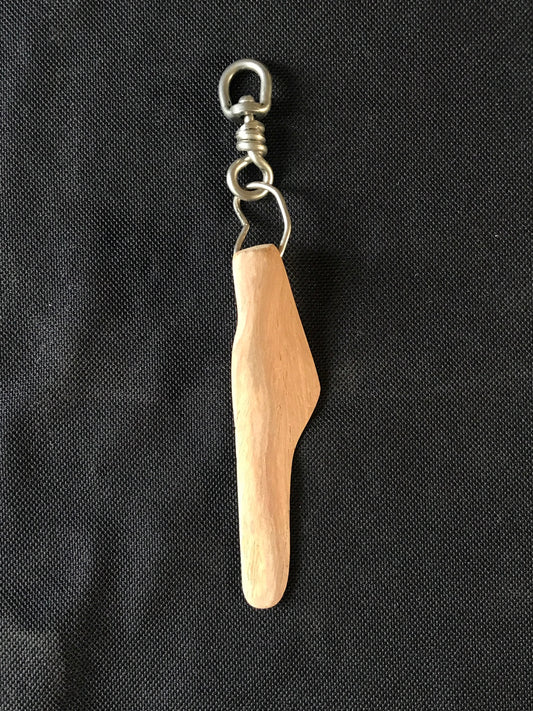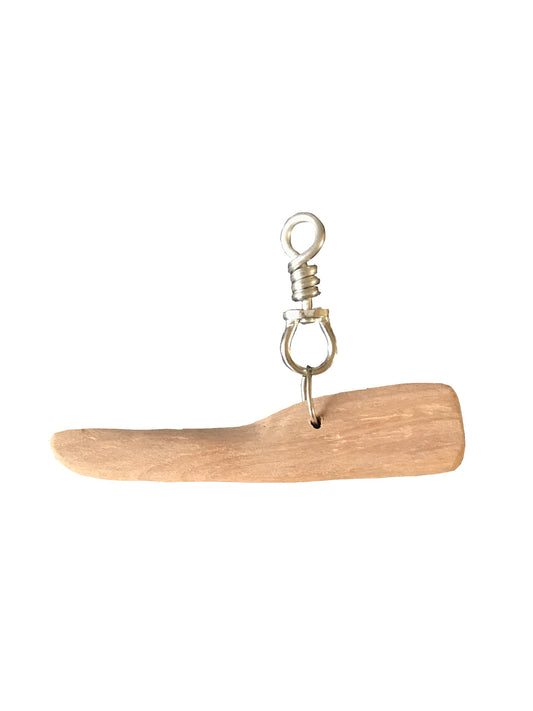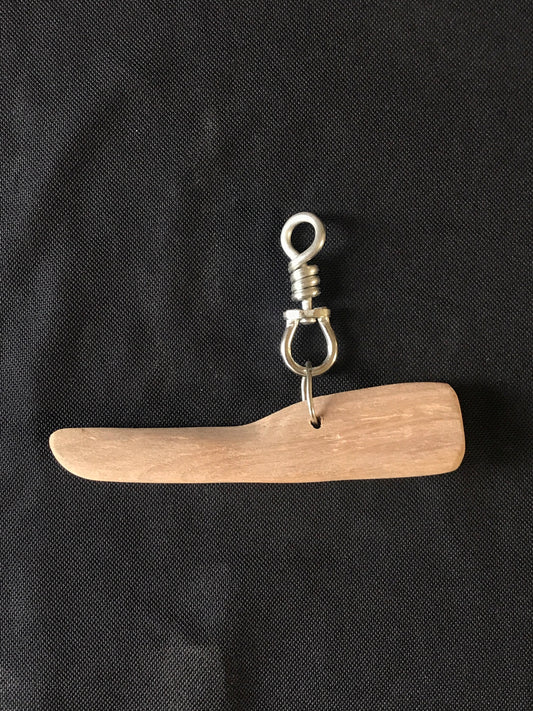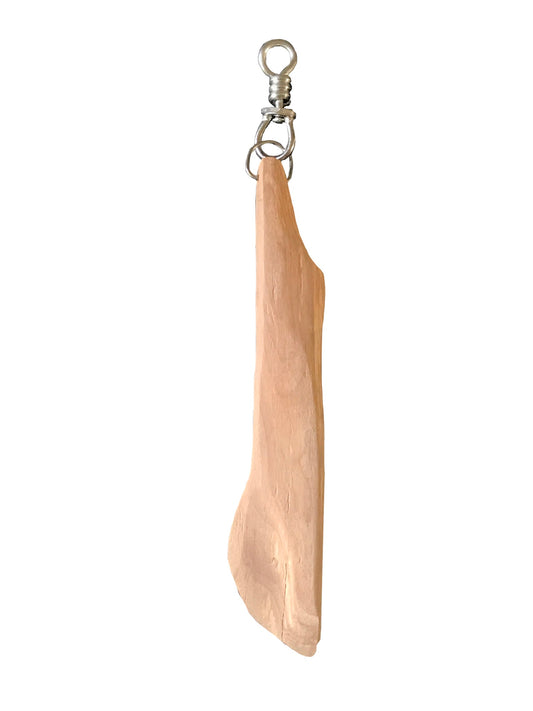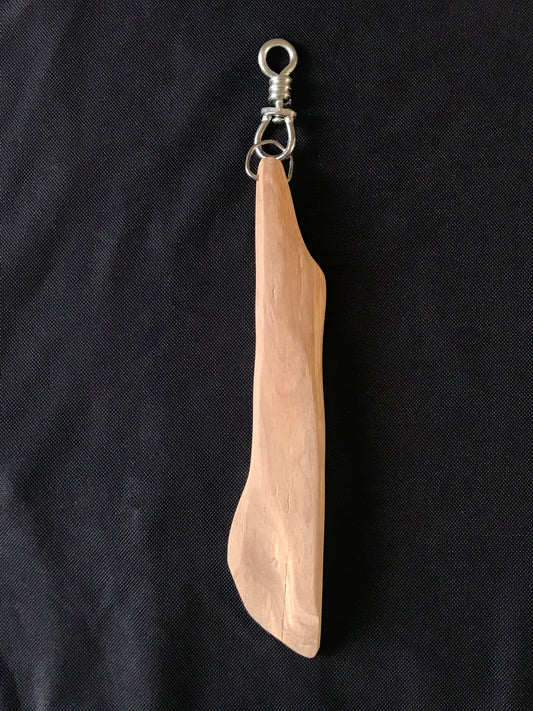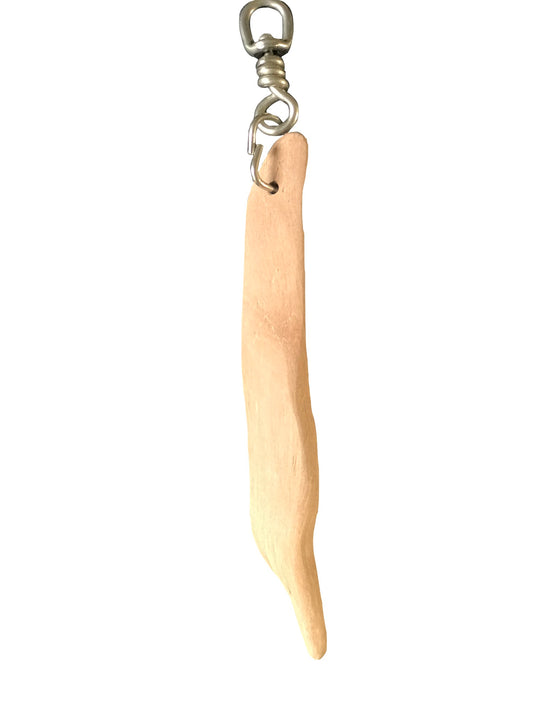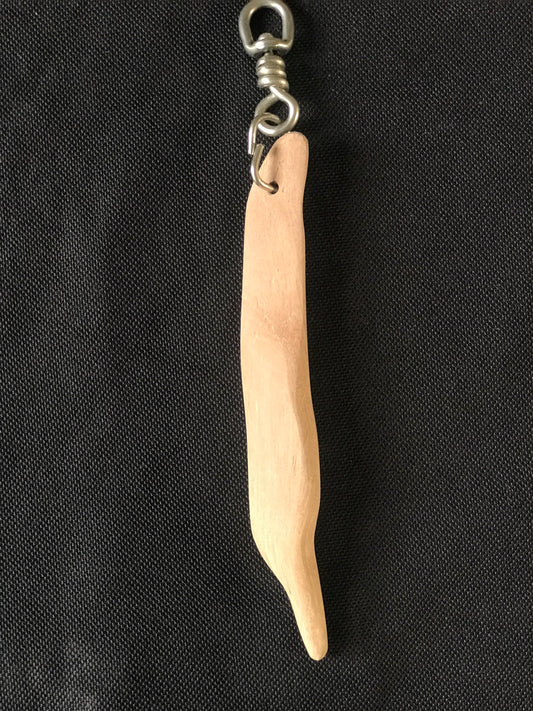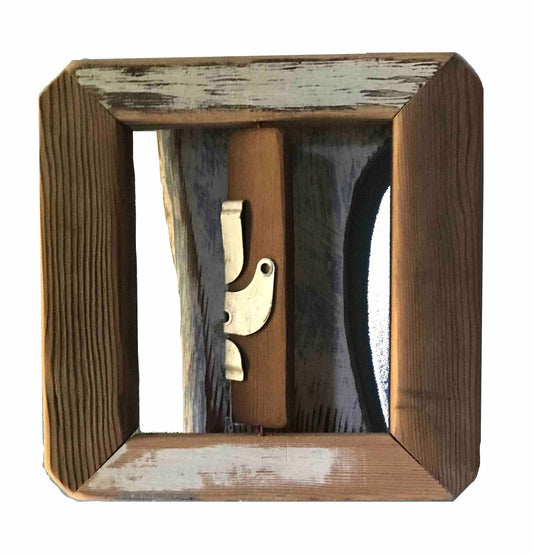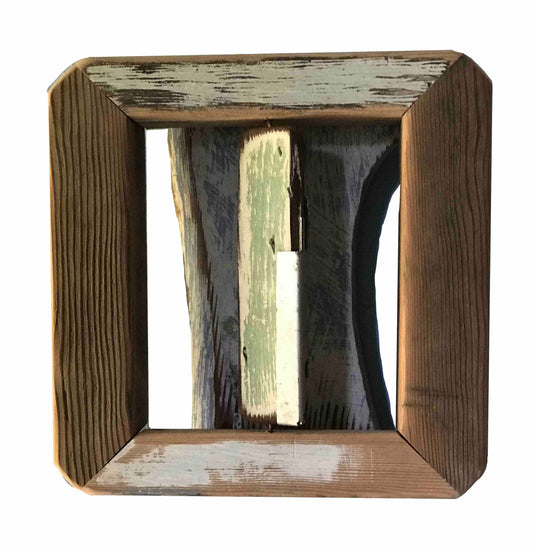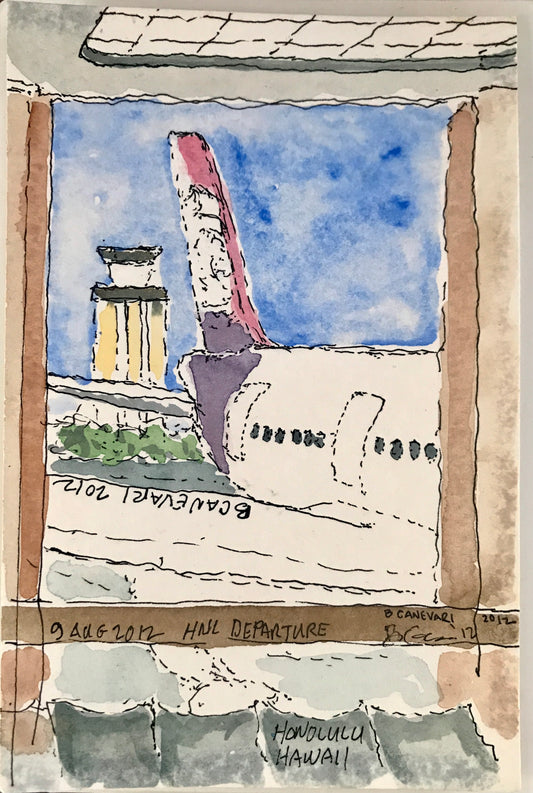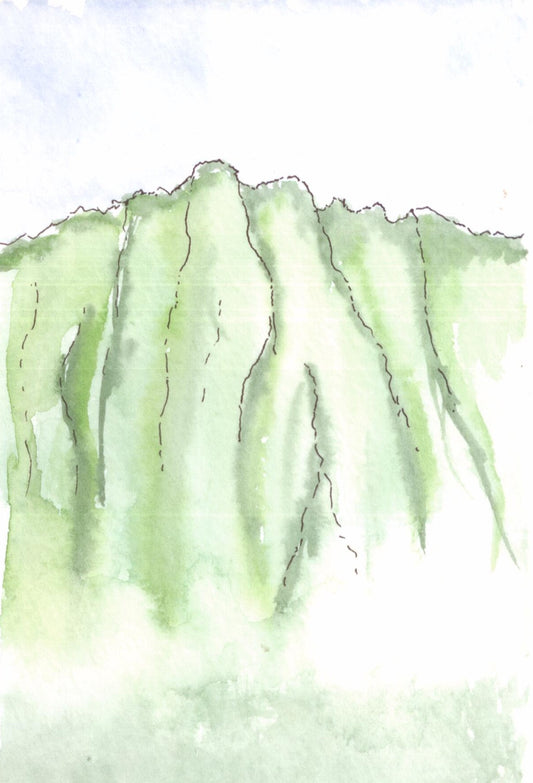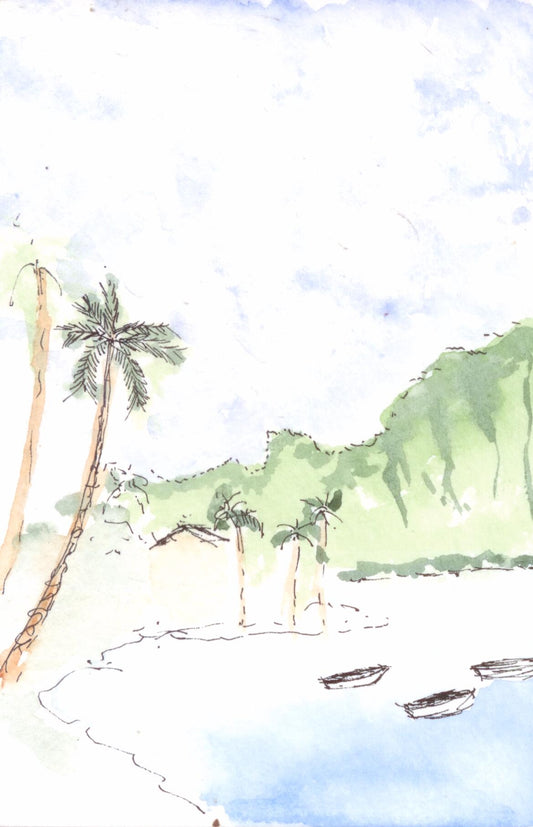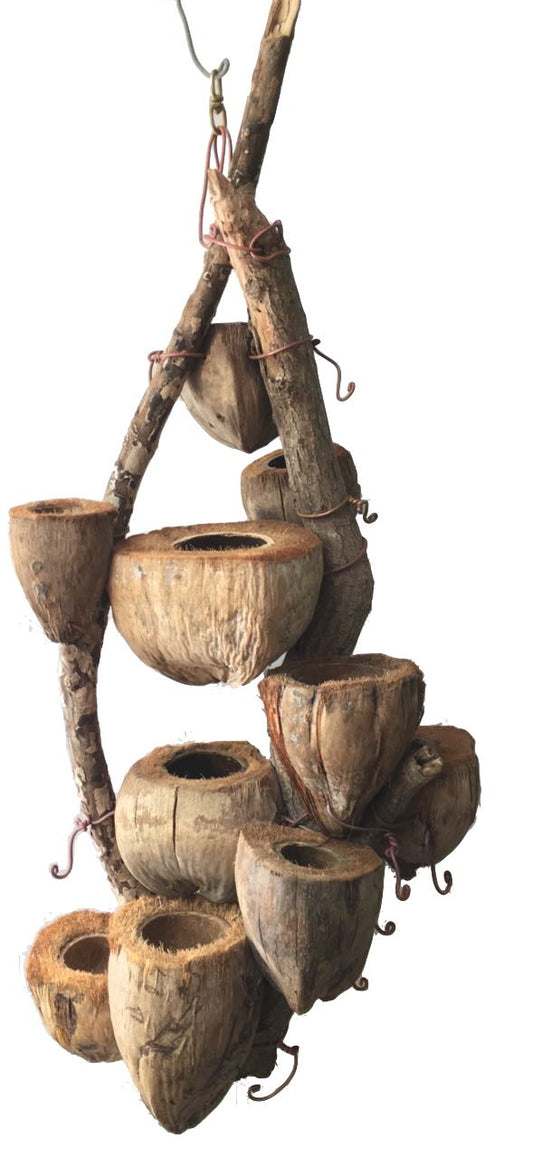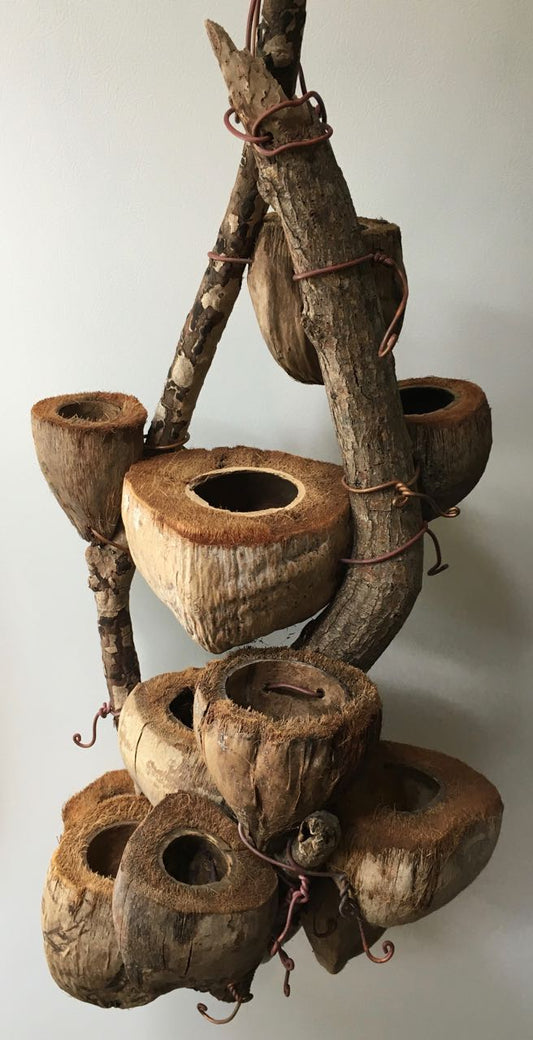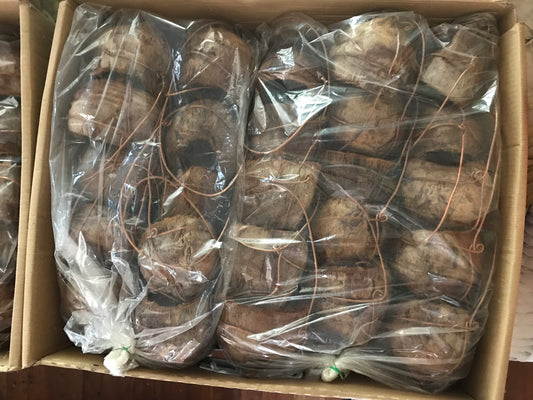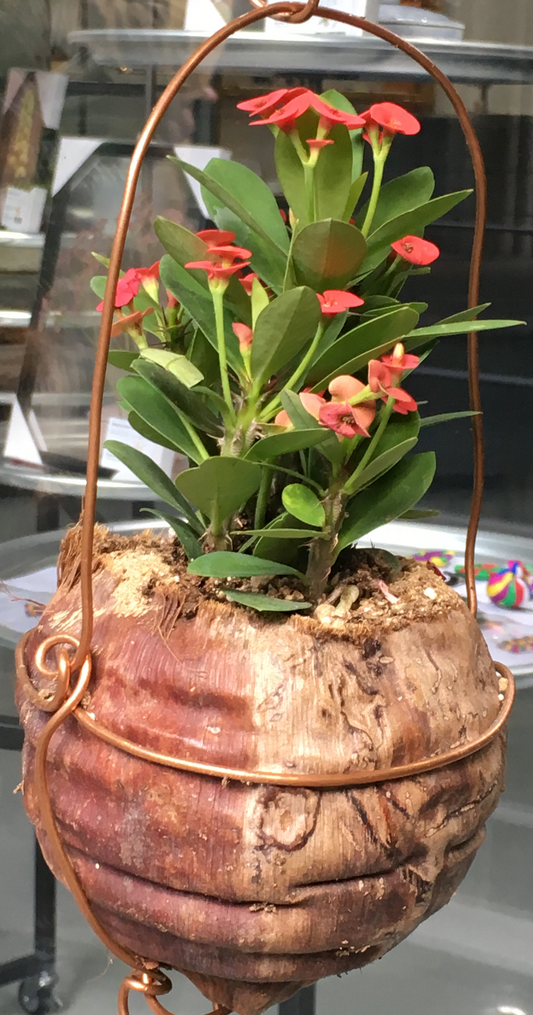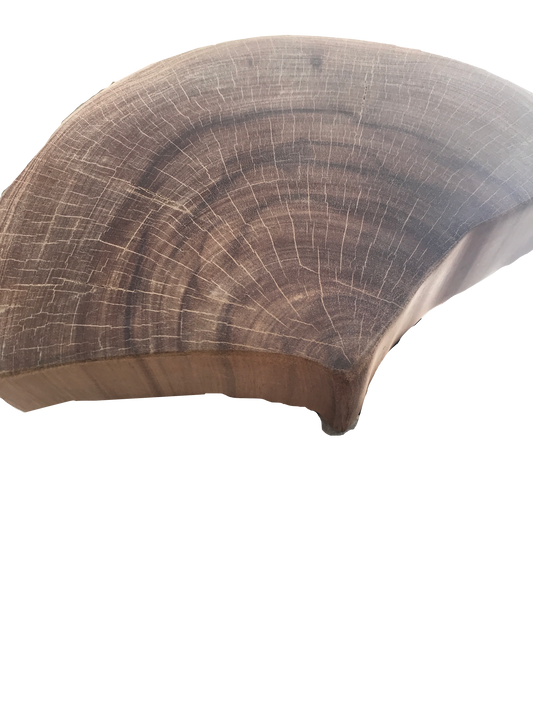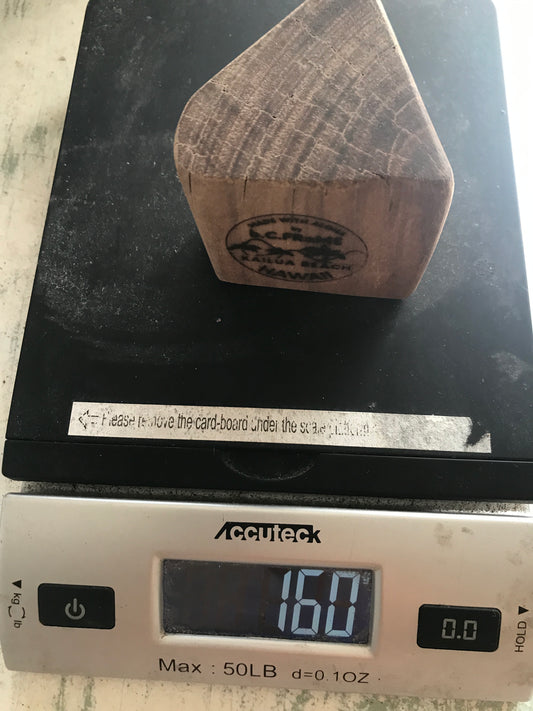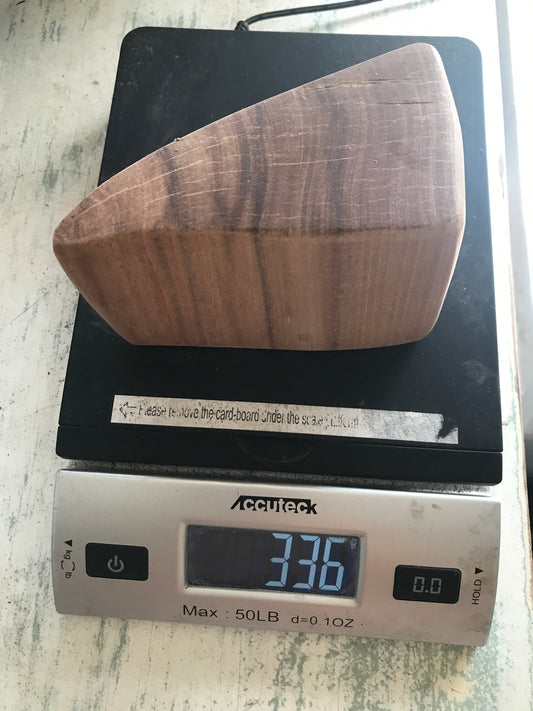E komo mai
(Welcome)
We make plastic-free, one-of-a-kind, handcrafted in Hawaii, artistic and functional items, providing customers with beautiful, sustainable, eco-friendly alternatives.
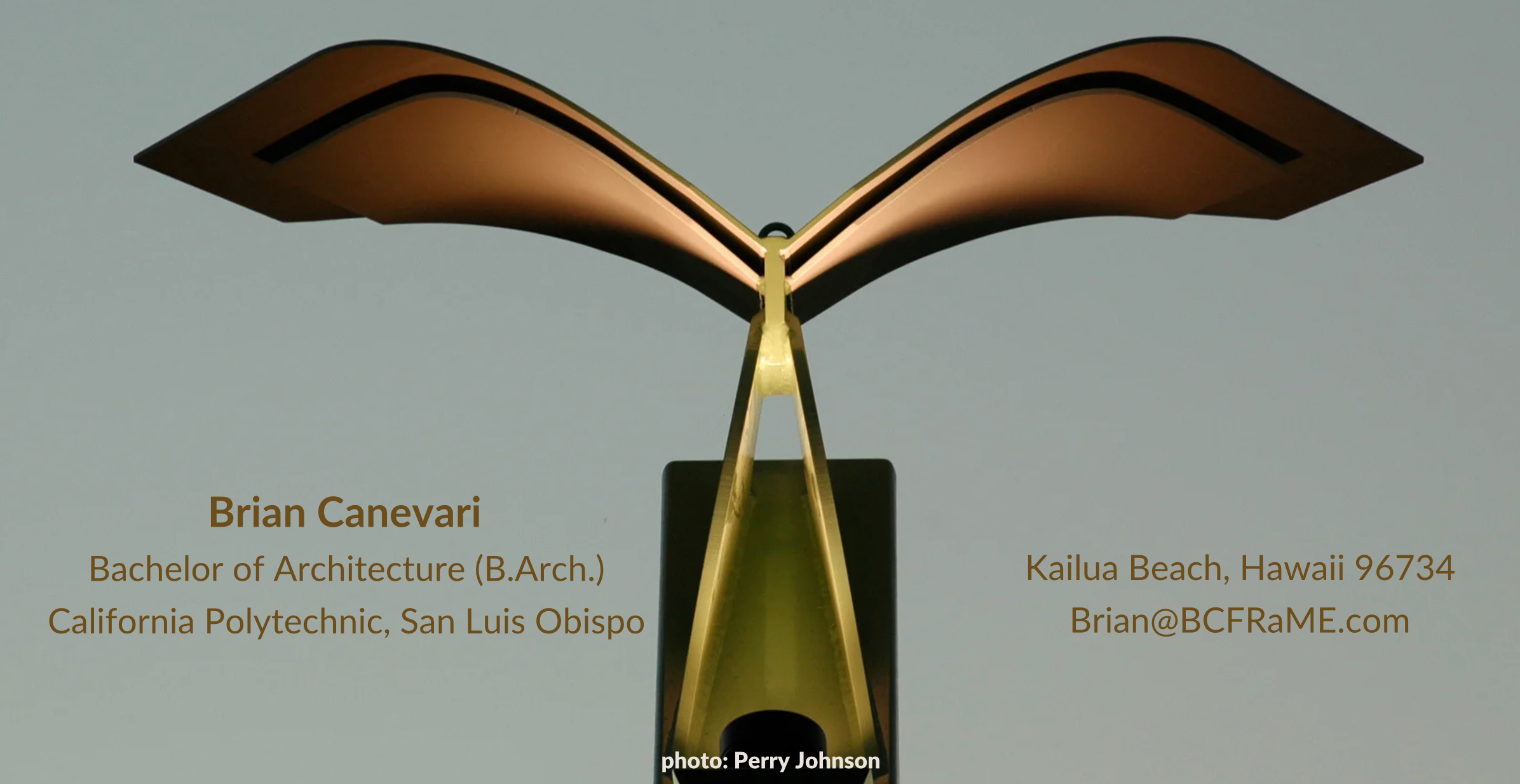




Live your best life gifting products made with good intentions: Consideration and love of nature, environment, and family!
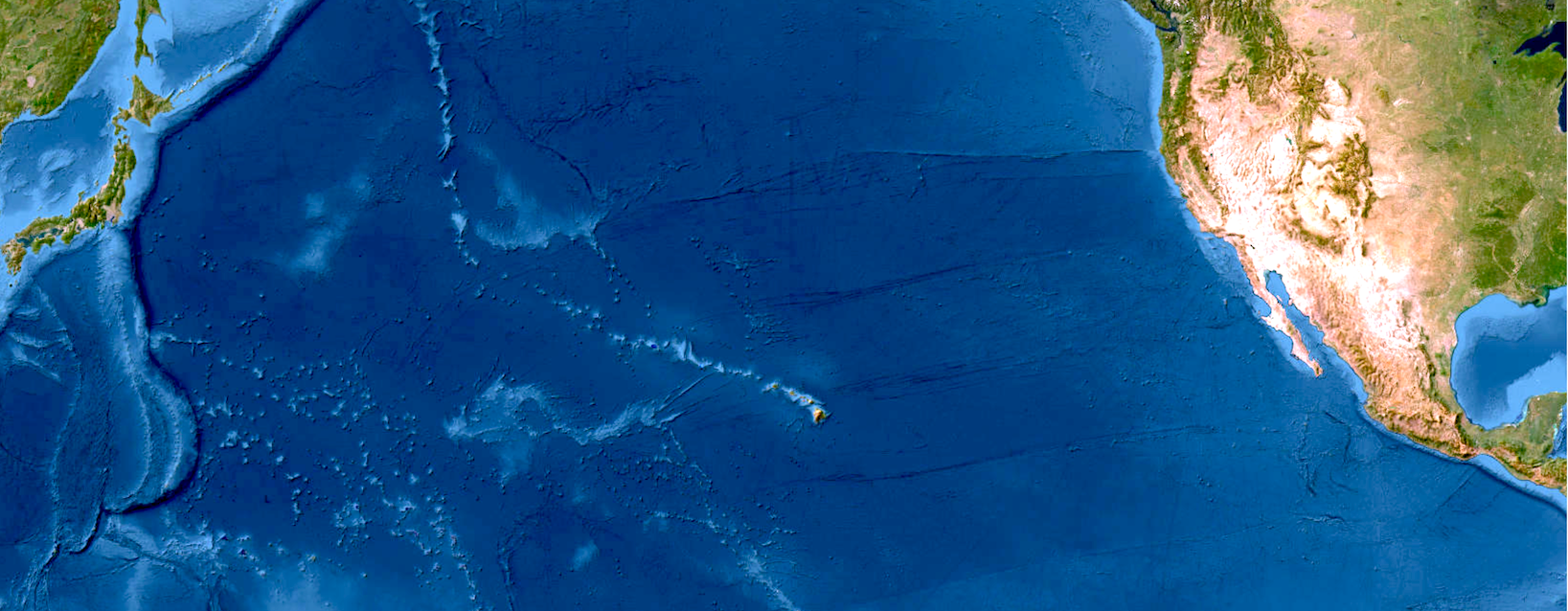
(The Hawaiian Islands)
Ka pae‘āina Hawai‘i
Thousands of miles away from the nearest populated land mass, surrounded by Moananuiākea (the vast ocean), the volcanic Hawaiian Islands emerged from the ocean floor. The geological birth of the islands spanned millions of years – at the northwestern end of the archipelago, Hōlanikū, also known as Kure Atoll, is about 28 million years old. The island of Hawai‘i, the geologically youngest island at the southeastern end of the island chain, is about 400,000 years old and still growing – new land was added to the island as recently as 2018 by the volcanic eruption of Kīlauea.
The entire Hawaiian archipelago consists of 132 islands, reefs, and shoals stretching across 1,523 miles of the North Pacific Ocean. Only the islands on the southeast end of the archipelago are inhabited and constitute what is commonly known as the Hawaiian Islands. The remainder of the archipelago is part of Papahānaumokuākea, one of the largest protected marine areas in the world.
In the cultural world view, the Hawaiian Islands are described in mele ko‘ihonua (genealogical chants) as the products of heavenly unions, descendants of Wākea (sky father), Papahānaumoku (earth mother), and Ho‘ohōkūkalani (creator of the stars). The Hawaiian people and their staple food kalo (taro) also descend from these unions, which makes the kuleana (responsibility) of stewardship a deeply personal connection. (Excerpt from Ma'ema'e Toolkit, page 5)

Nā Waiwai Kūlohelohe (Natural Resources)
Ahupua‘a:
(Traditional Land Divisions)
"Traditional land divisions in Hawai‘i ran from mountain ridges to the reef, such that everything needed to sustain a community was incorporated within the ahupua‘a and it's relationships with neighboringahupua‘a– a source of fresh water, land for agriculture, access to forest for gathering, and access to the shore for fishing. Built into these divisions is the understanding that activity in the uplands directly affects environmental conditions in lowland and coastal zones." (Excerpt from Ma'ema'e Toolkit, page 12)
The B.C. FRaME studio is at Kailua Beach, in the Ko'olaupoko District on the island of O'ahu.
Kailua means convergence of two seas or currents in ‘ōlelo Hawai‘i, because of the two former fishponds Kawainui and Ka'elepulu. For many years Kailua served as the residential seat of O'ahu ruler with many ancient temple ruins still present, such as Ulupo Heiau State Historic Site. Over 100 years ago, in 1909, Kailua was home to a plantation of 130,000 coconut trees on 200 acres! The prospect of creating a vibrant coconut oil business failed by 1916 and most of the trees have disappeared as the area filled with homes over the last century.
(Read the Kailua history in "Kailua" by the Kailua Historical Society)
Featured products
-
Lure # 1 - coastal erosion Kailua Ironwood pendant
Regular price $68.00 USDRegular priceUnit price / per -
CocoPlanter
Regular price From $17.50 USDRegular priceUnit price / per -
CocoHanger
Regular price From $12.88 USDRegular priceUnit price / per -
CocoDrifter - Kailua Beach Driftwood and coconut husk hanging planter sculpture
Regular price $2,388.00 USDRegular priceUnit price / per -
Clubby: Golf Clubs and Driftwood Hat/Coat Hanger - Aloha style
Regular price $888.00 USDRegular priceUnit price / per -
JP.FU.Roof peeking through the trees
Regular price $300.00 USDRegular priceUnit price / per -
00.CT.Trattoria Sketch/ Watercolor original
Regular price $300.00 USDRegular priceUnit price / per -
OG Kailua Beach Coastal Erosion Ironwood Stump Stool 18.18.12
Regular price $2,888.00 USDRegular priceUnit price / per -
Kailua Beach, Hawaii, Coastal Erosion Ironwood Slab - Ready for Your Project!
Regular price $2,400.00 USDRegular priceUnit price / per -
Kailua Beach, Hawaii, Coastal Erosion Ironwood Slab A- Ready for Your Project!
Regular price $2,200.00 USDRegular priceUnit price / per -
Lure # 2 - coastal erosion Kailua Ironwood pendant
Regular price $78.00 USDRegular priceUnit price / per -
Lure coastal erosion Kailua Ironwood pendant- wood only
Regular price From $58.00 USDRegular priceUnit price / per -
Lure # 7 - coastal erosion Kailua Ironwood pendant
Regular price $78.00 USDRegular priceUnit price / per -
Lure # 5 - coastal erosion Kailua Ironwood pendant
Regular price $78.00 USDRegular priceUnit price / per -
Lure # 6 - coastal erosion Kailua Ironwood pendant
Regular price $78.00 USDRegular priceUnit price / per -
Embrace of Duality
Regular price $288.00 USDRegular priceUnit price / per -
12.HI.HNL.Gate.HawaiianAirlinesTail
Regular price $300.00 USDRegular priceUnit price / per -
11.Windward.KOOLAU
Regular price $300.00 USDRegular priceUnit price / per -
11.Windward Oahu.A
Regular price $300.00 USDRegular priceUnit price / per -
CocoDrifter #10- Kailua Beach Driftwood and coconut husk hanging planter sculpture
Regular price $2,388.00 USDRegular priceUnit price / per -
CocoHanger special - Bundle of 50 Large -opening size between 76-100 mm
Regular price $2,000.00 USDRegular priceUnit price / per -
Kailua Beach, Hawaii, Coastal Erosion Ironwood flower shaped block
Regular price $888.00 USDRegular priceUnit price / per -
Kailua Beach, Hawaii, Coastal Erosion Ironwood Wedge shaped block A
Regular price $288.00 USDRegular priceUnit price / per -
Kailua Beach, Hawaii, Coastal Erosion Ironwood Wedge shaped block B
Regular price $388.00 USDRegular priceUnit price / per
1
/
of
24
